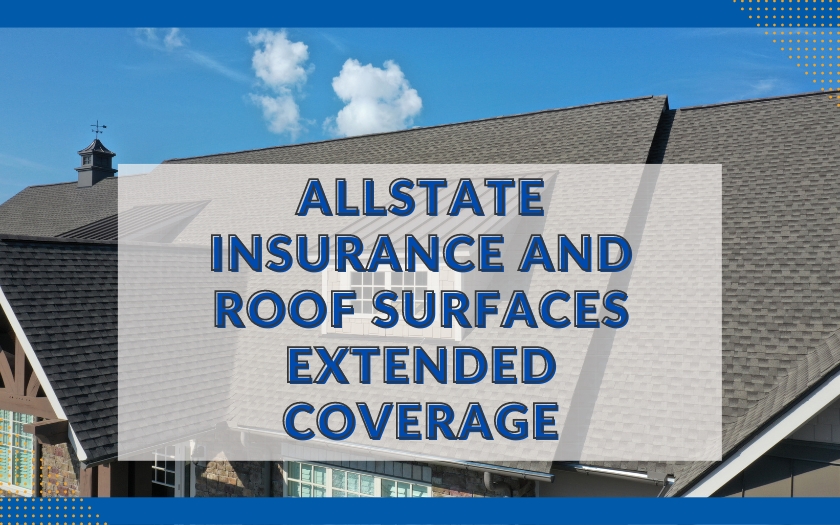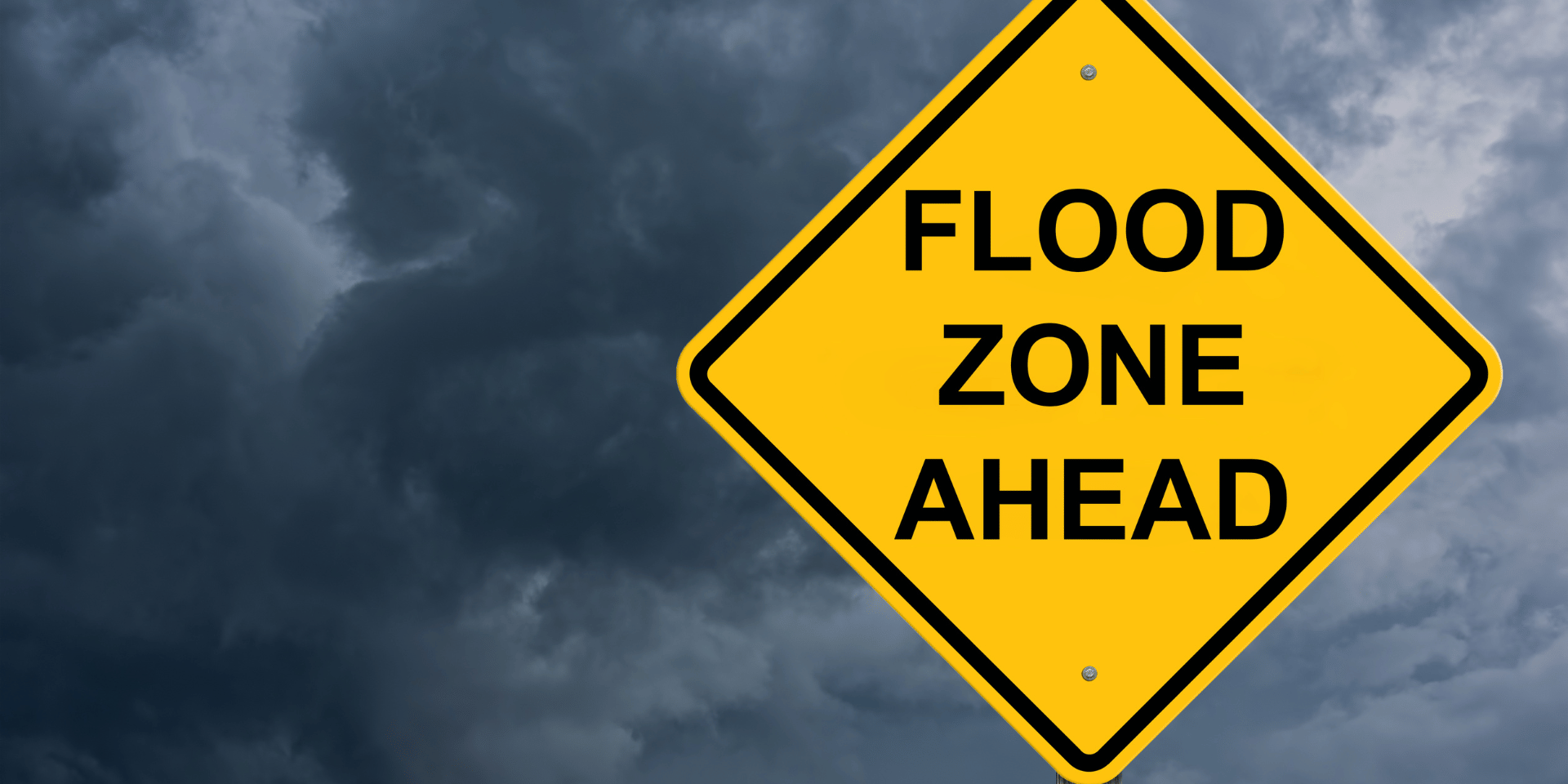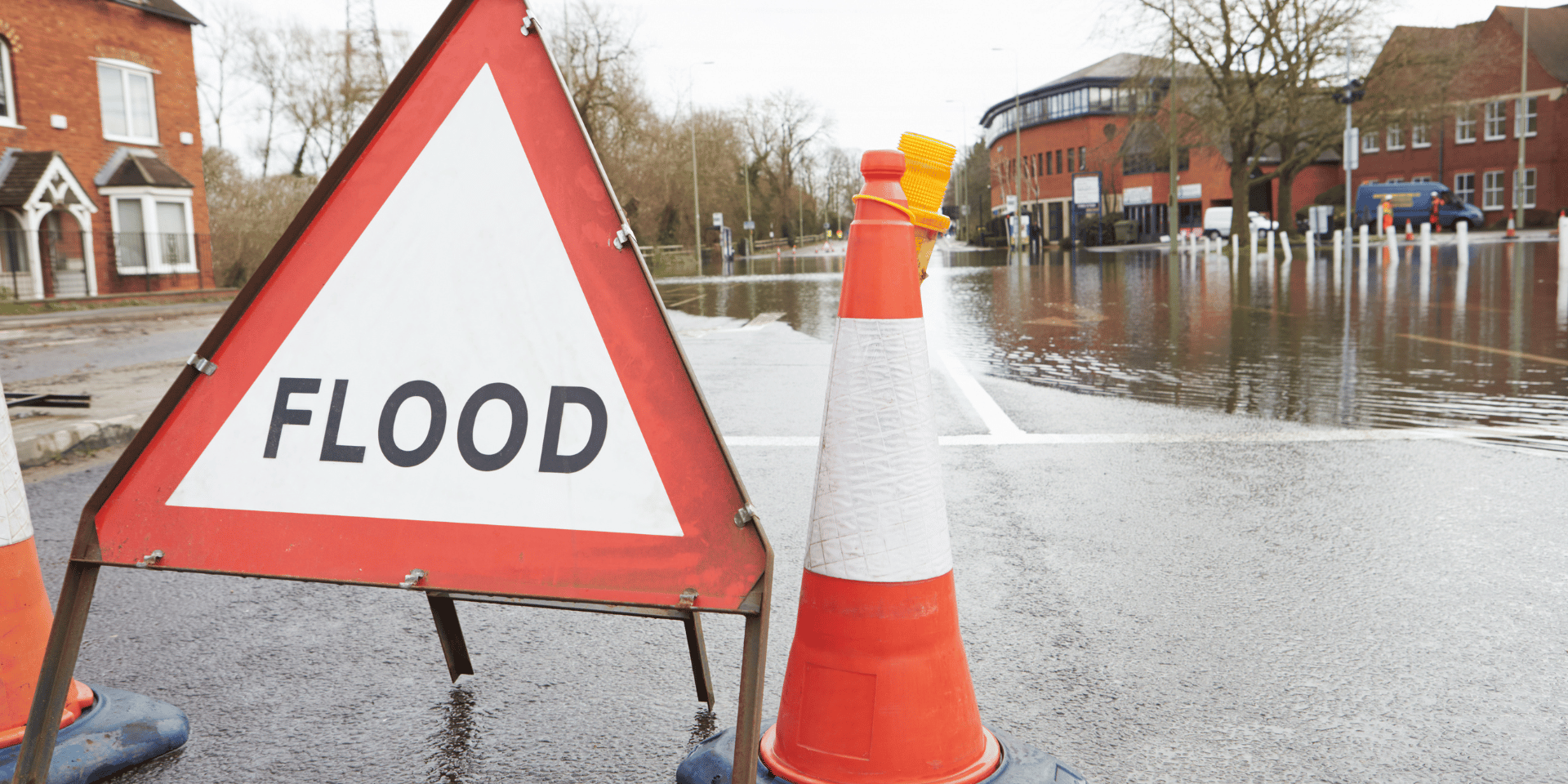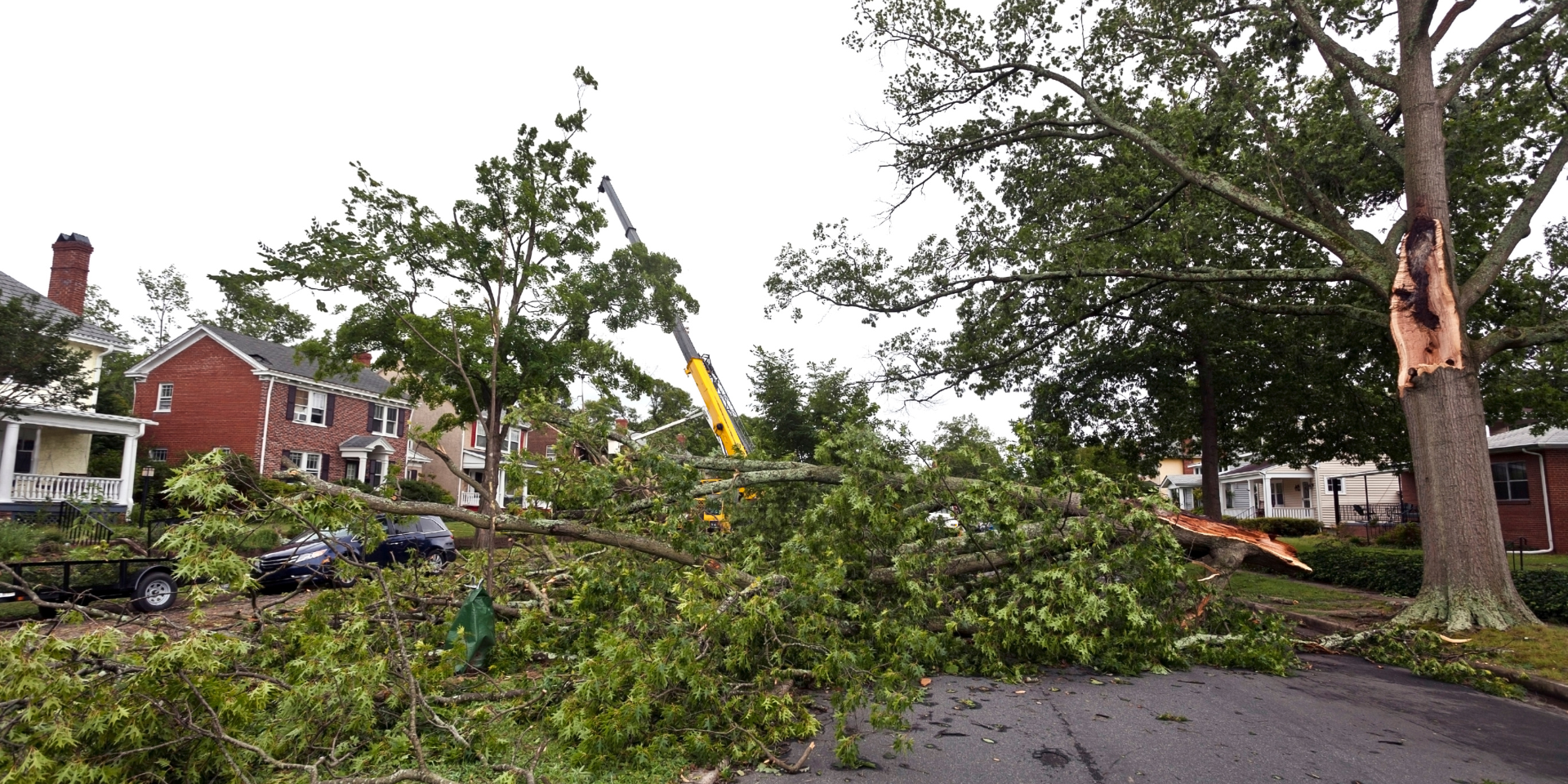Scenario: You and Your Insurer Can’t Agree on an Insurance Settlement Amount. What do you do?
Dealing with an insurance claim can be a taxing experience. It is especially stressful when you believe that the settlement amount offered by your insurance company is insufficient to cover your losses adequately. When you find yourself in this situation, it’s crucial to understand your options and rights as a policyholder. This article will guide you through the steps to take if you cannot come to an agreement with your insurance company regarding the settlement amount.

Review Your Claim
If you are managing the claim on your own, the first step when you and your insurance company are at odds over the settlement amount is to conduct a thorough review of your claim. This review involves going back to the beginning and examining the details of your claim, including all supporting documentation, estimates, and assessments. Look for any discrepancies or missing information that might be causing the disagreement.
Negotiate With Your Insurer
After reviewing your claim, engage in a constructive negotiation with your insurance company. This process involves clear communication and presenting evidence that supports your perspective. You can provide repair estimates, assessments from contractors or specialists, and any other relevant documentation that demonstrates why you believe the initial settlement offer is insufficient. Keep in mind that successful negotiation often requires patience and persistence.
Consult a Public Adjuster
If negotiations with your insurance company are unproductive, or if you find it challenging to advocate for your case effectively, consider consulting a public adjuster. Better yet, hire one at the very start of your claim. Public adjusters are insurance claim experts who work on behalf of policyholders. They can provide several valuable services:
Claim Evaluation: Public adjusters can assess the details of your claim objectively. They have the experience to identify potential issues and gaps in your documentation.
Comprehensive Estimate: Public adjusters can prepare a comprehensive damage estimate that accurately reflects the scope and cost of necessary repairs or replacements. This estimate can serve as a powerful negotiating tool.
Advocacy: Public adjusters negotiate directly with your insurance company to secure a fair and equitable settlement. Their expertise can be invaluable in navigating the complexities of the insurance claims process.
Know Your Rights & Use The Escalation Processes Available To You
Understanding your rights as a policyholder is essential during this process. Insurance regulations vary from state to state, and these regulations can influence the steps you can take if you cannot reach an agreement on the settlement amount. Familiarize yourself with your state’s insurance laws and consider consulting with an attorney experienced in insurance claims to explore any legal avenues available to you.
There is also a popular albeit controversial dispute resolution process called the Appraisal Process which we will briefly touch on below.
When you find yourself in a dispute with your insurance company over a settlement amount, remember that you have rights as a policyholder. The steps outlined above—careful claim review, negotiation, consultation with a public adjuster, and knowledge of your rights—can help you work toward a fair and equitable resolution. Insurance claims can be complex, but with the right approach and support, you can navigate this challenging process successfully.
The Appraisal Process
In a nutshell, the appraisal process for property insurance claims is a method used to resolve disputes between policyholders and insurance companies regarding the value of a claim, outside of the court system.
The guide below serves as a concise introduction to the appraisal process within property insurance claims. Please note that while we aim to provide a clear overview, the appraisal process can be complex, and its details may vary from state to state.
Appraisal, within the context of property insurance claims, is a structured procedure designed to resolve disputes regarding the value of a loss or the amount of a claim settlement. It’s important to recognize that the appraisal process may differ based on your location and the specific terms of your insurance policy. Entire books have been dedicated to the intricacies of this process, and while we won’t cover every detail, we’ll provide a fundamental understanding of how it typically works.
We offer a glimpse into the appraisal process’s framework, highlighting its key components and the general steps involved. While the specifics can indeed become intricate, this overview should serve as a valuable starting point for policyholders navigating the often complex terrain of property insurance claims.
1. Request for Appraisal:
The process typically begins when either the policyholder or the insurance company requests an appraisal. This request must be made in writing and specify the items in dispute. One of the controversial topics in the appraisal process is the timing of when the claim is ripe for appraisal. For brevity, and as a general rule, if the insurer has not denied coverage then the claim is ripe for appraisal.
2. Selection of Appraisers:
Each party selects an appraiser. These appraisers are typically experienced professionals with knowledge of property damage assessment and the insurance industry. The two appraisers are selected independently by each party. Then they decide on an umpire to be the third person in the appraisal panel.
3. Appraisal Clause Activation:
Most insurance policies have an appraisal clause that outlines the process and the conditions under which it can be invoked. These clauses vary from policy to policy and between states.
4. Damage Assessment:
The appraisers assess the damage independently. They examine the property, review any relevant documents, and gather evidence to support their evaluations.
5. Appraisal Award:
The appraisers and the umpire work together to reach a final determination of the claim’s value.
An award in writing is required and is considered final when at least two parties to the appraisal are signatories.
6. Resolution and Payment:
Once a final value is determined, it becomes binding, and the insurance company is obligated to pay the claim accordingly.
7. Policyholder’s Rights:
It’s essential for policyholders to understand that while the appraisal process can be a valuable tool to resolve disputes, it may not cover all types of disagreements.
Policyholders still have the right to seek legal action or engage in alternative dispute resolution methods if they believe the appraisal process did not provide a fair resolution.
The appraisal process is intended to provide a relatively swift and cost-effective means of resolving disputes over the value of property insurance claims. However, it’s essential for policyholders to review their insurance policy to understand the specific appraisal clause and procedures outlined therein. Additionally, consulting with a public adjuster or an attorney experienced in insurance claims can help policyholders navigate this process effectively.
If your property sustains damage from events such as a fire or broken pipes, please reach out to us. We’d be delighted to have a conversation about how we can assist you.
As public adjusters, our mission is to guide you through the process of managing your property insurance claim, ensuring that you secure the most favorable settlement. Our aim is to swiftly and efficiently restore your property to its pre-loss condition.
Uncertain about whether your insurance will provide coverage for the damage? We encourage you to get in touch with us regardless. JF Public Adjusters offers a complimentary review of your claim and a consultation. You can reach us via phone or text at (917) 272-8793.
Contact Us
You can reach us via phone or text at (917) 272-8793.
GET IN TOUCH!
The Leading Property Damage Experts Are Here To Help
CONTACT NEW YORK’S HIGHEST RATED PUBLIC ADJUSTER IMMEDIATELY BY CALLING OUR OFFICE OR BY COMPLETING THE FORM.
CALL US FOR FREE






















